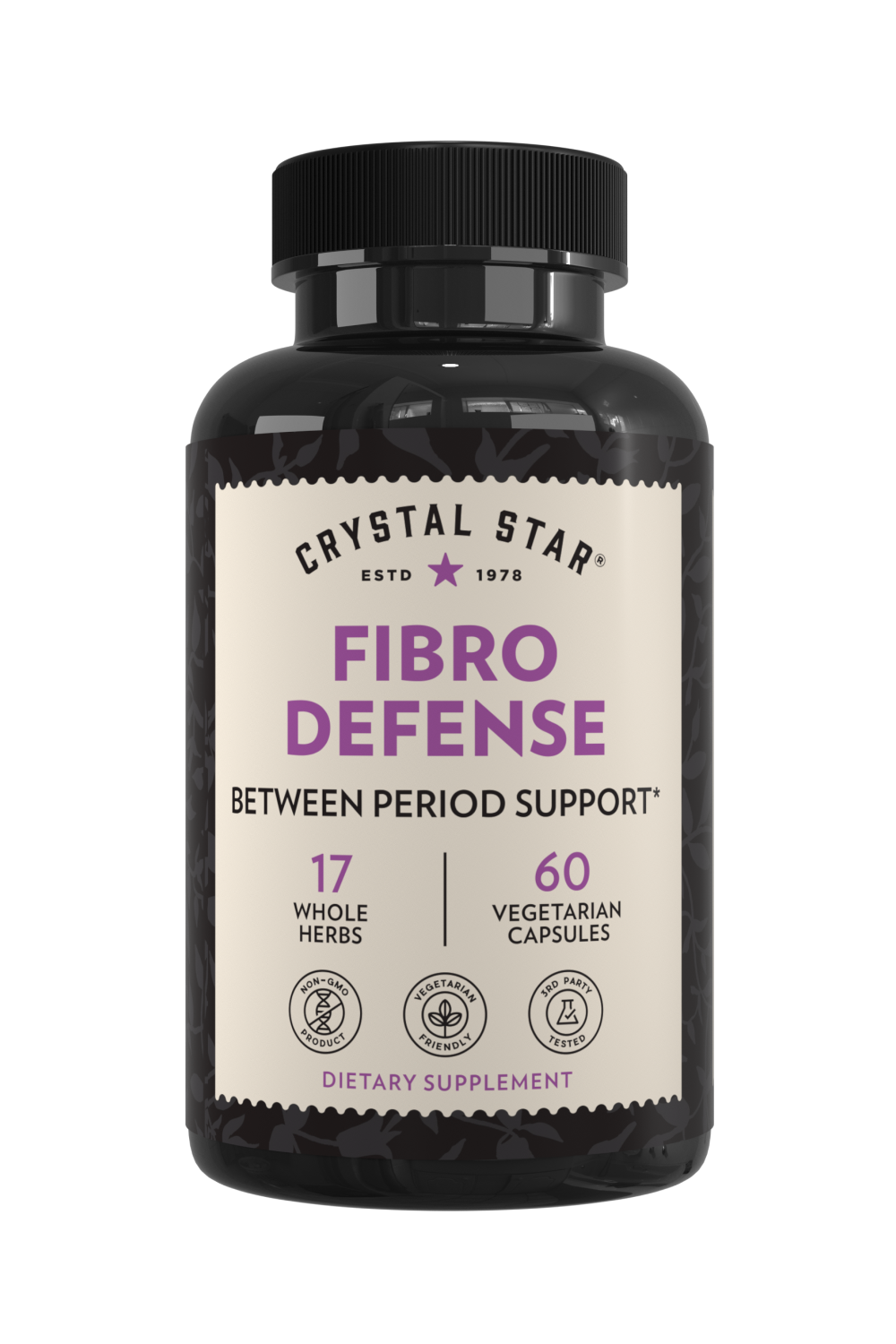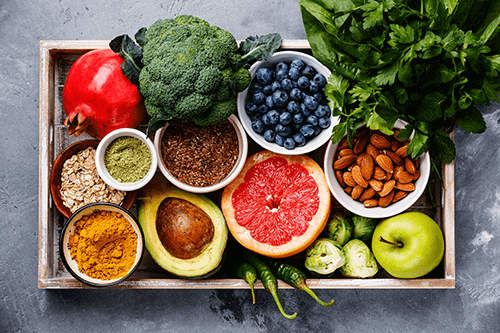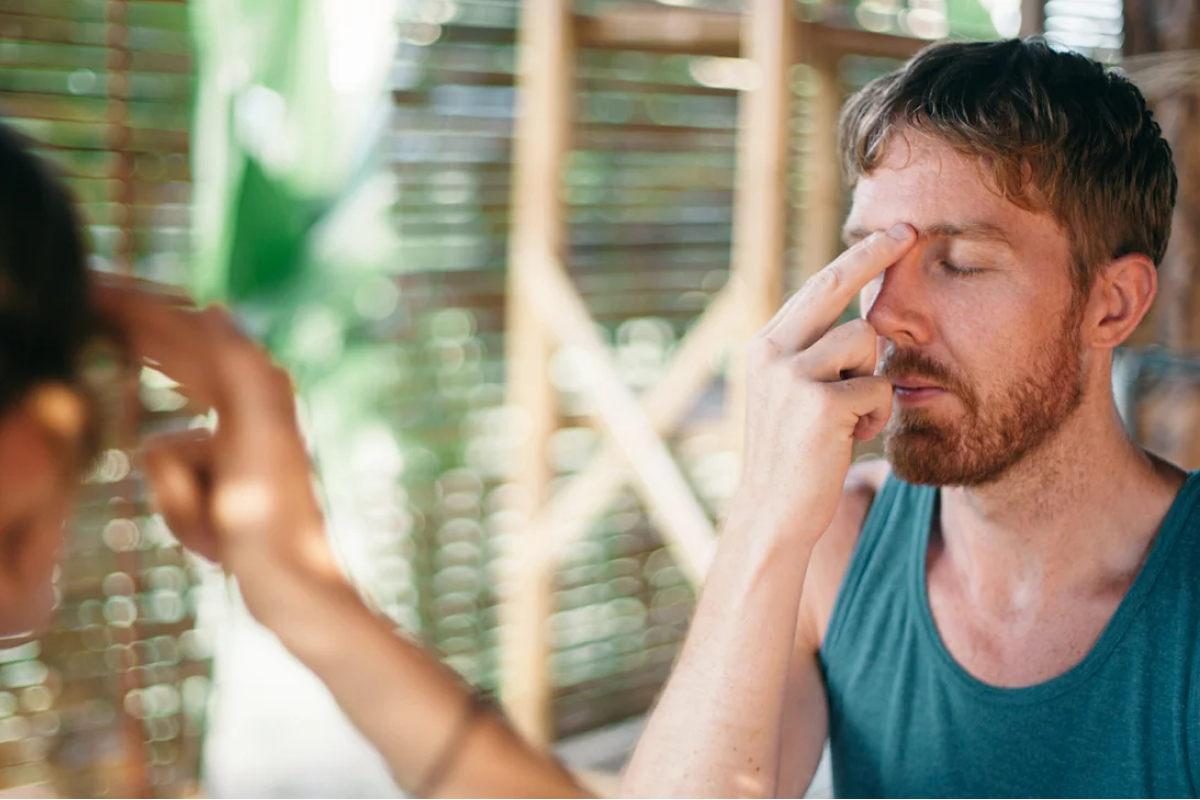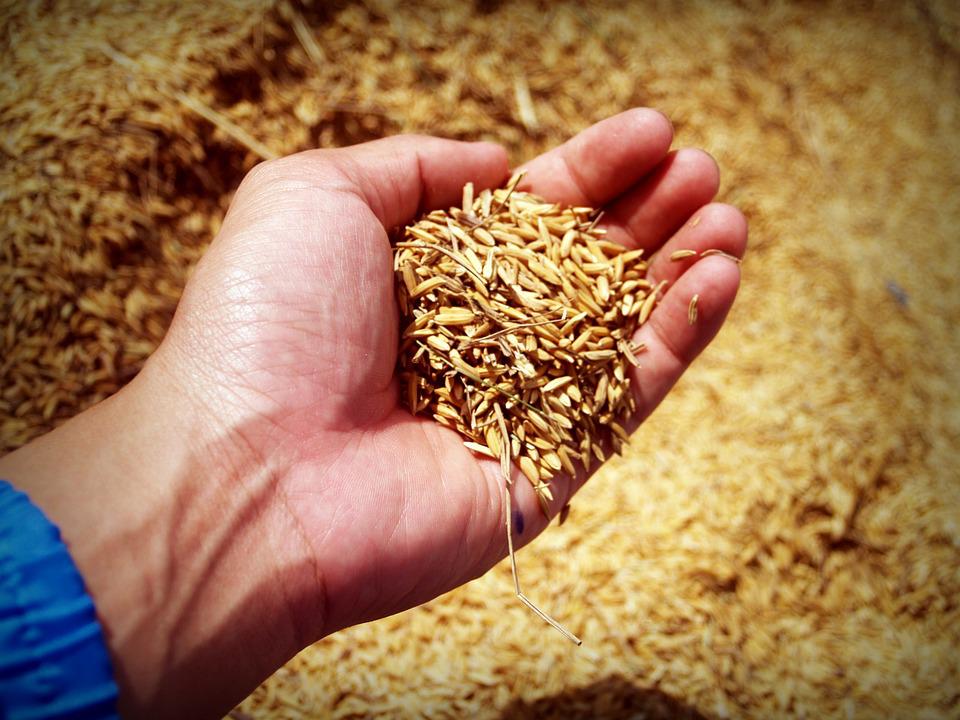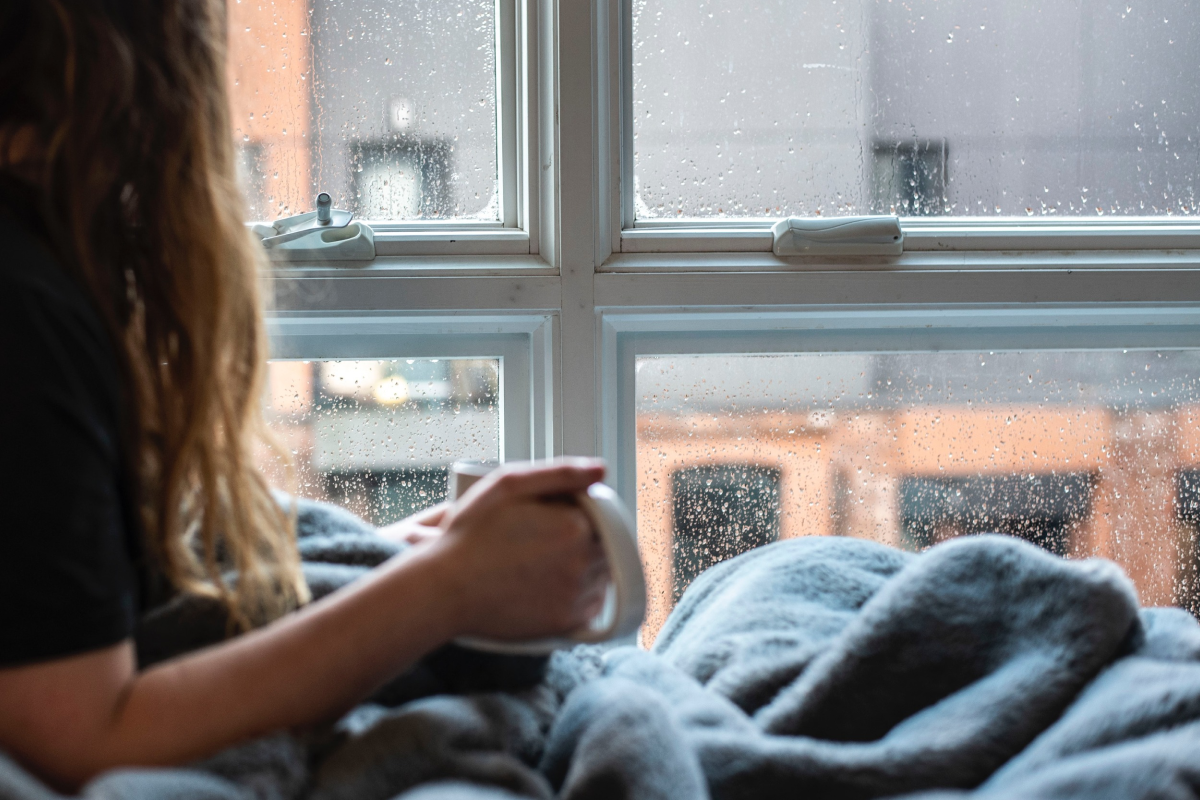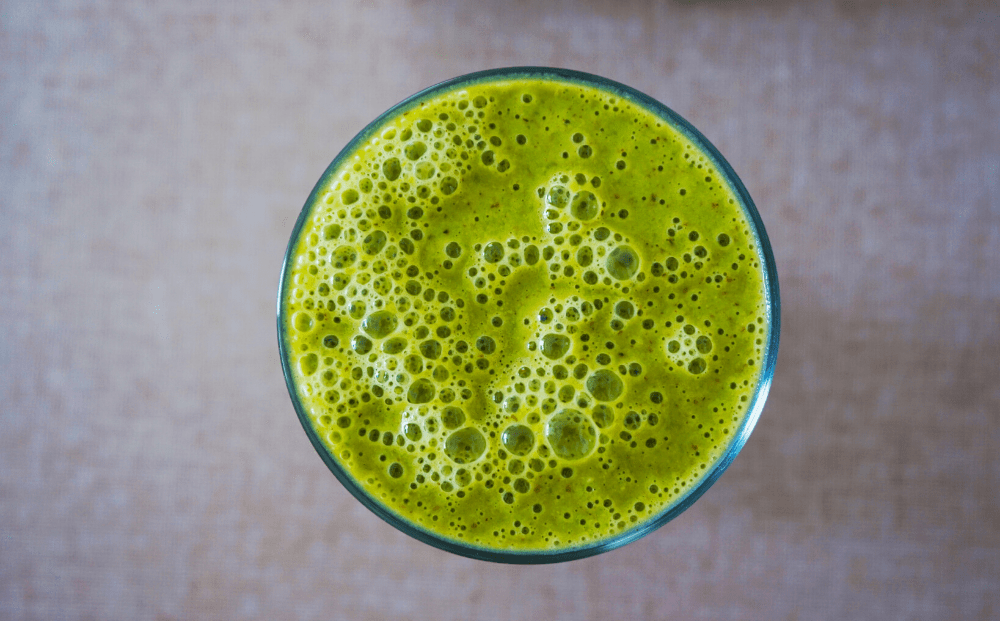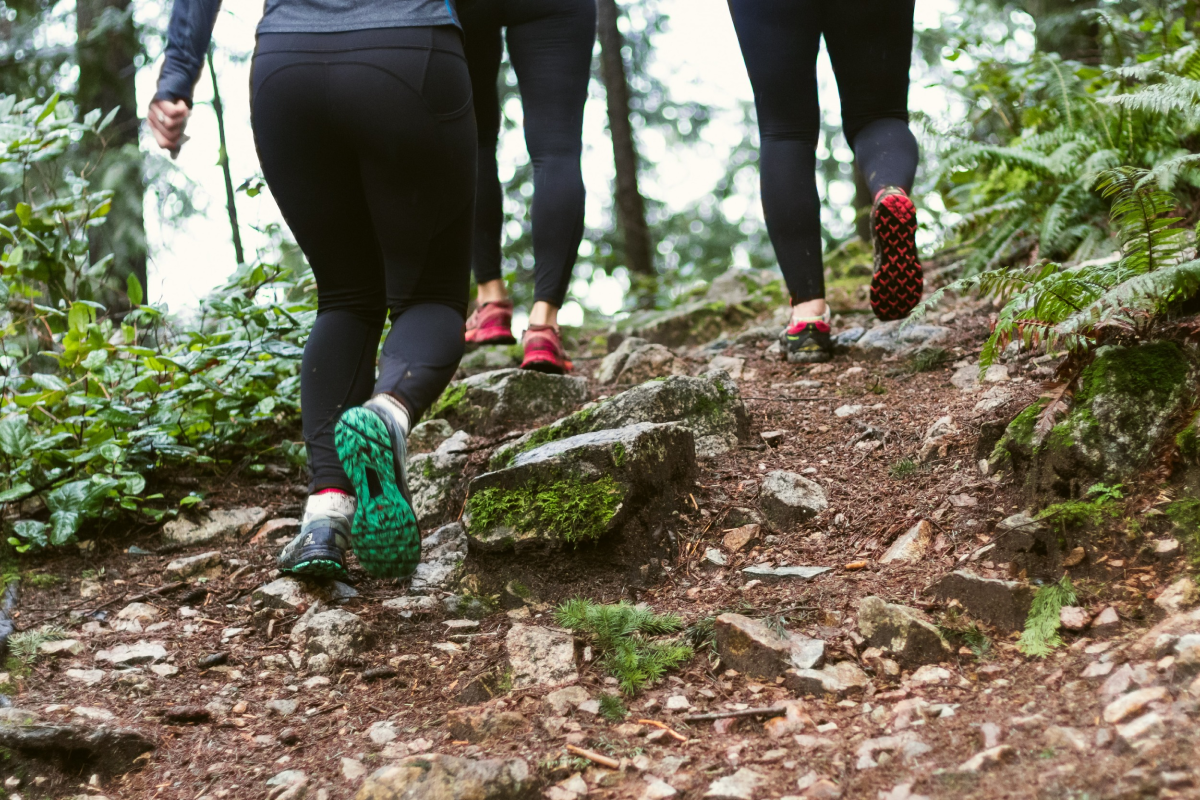
CONTRACTING THE CORONAVIRUS: A FIRST-PERSON POINT OF VIEW.
I contracted COVID-19 in March, though I won’t be counted in the “confirmed cases” tally. The reason for that is simple: we don’t have enough diagnostic tests.
If you’ve been reading the news at all (perhaps in between your Tiger King binging or painstaking attempts at TikTok dancing), you know that a lack of testing supplies is a huge issue in this pandemic.
Millions of people are going untested, whether they have mild, moderate, or no symptoms. Professionals allocate tests to those who need them most, like fellow medical workers and assisted living facility residents (and celebrities too, I guess). That doesn’t mean those untested aren’t infected. It simply means we have no idea how large this issue really is.
After evaluating my symptoms, my primary care doctor, (who spends his time half in a clinic and half in the intensive care unit treating COVID-19 patients struggling to breathe), told me he believed I had COVID-19.
Millions of people are going untested, whether they have mild, moderate, or even no symptoms.So, in this post, I’m going to share my experience: what my symptoms were, how long they lasted, what resources I used, and what helped ease my pain.
The tricky thing is, the more we learn about the coronavirus, the more it reveals its inconsistencies. My experience may not be exactly like yours, but I hope that by telling my story, it might help you or someone you care about (or anyone, really).
HOW DID I GET THE CORONAVIRUS?
A few days before I started displaying symptoms, we went to visit my partner’s family. His mother is a public-school teacher, and his younger brother is a pilot—both jobs with high-risks for infection.
But this was early March, the time when the word “corona” still made us think of subpar beer garnished with futile lime wedges (let’s be honest, citrus isn’t going to turn that into a real beer).
We’d heard of the coronavirus, but at that time, the news and corresponding “facts” were inconsistent. Could you hold your breath for 10 seconds without coughing? Well, then you didn’t have COVID. Breathing normally? Well, then you didn’t have COVID.
We looked for comforting bullet points, and we found them, I suppose. So when my partner’s family coughed into their sleeves, I assumed what a lot of us did: It’s cold and flu season, it’s allergy season — it’s probably not the coronavirus.
WHAT DID THE MEDICAL SYSTEM DO FOR ME?
The true answer? Not a lot.
And honestly, I can’t blame them. The medical system, the medical workers, they’re all over-run and overworked, and it’s not their fault that we have a shortage of tests available in the United States.
After being sick for over a week and a half (and feeling worse every day), I did two things to get help: I took an online symptom checking test, and I called my doctor.
They both said the same thing: quarantine yourself immediately. Don’t have contact with anyone else until 72 hours after your symptoms have completely subsided.
I asked my doctor about getting tested. I knew that getting a test wouldn’t cure me or ease my symptoms, but I desperately wanted one. I wanted to be sure that I had the virus, and if I did, was it going to get worse?
Don't have contact with anyone else until 72 hours after your symptoms have completely subsided.I wanted to know when and if I could safely visit my father, who is 65 with a severe respiratory disorder, and if sending him a homemade mask would mean sending him the virus as well. I wanted to see if I had the antibodies—if my blood could help other people. I wanted to know if, in a few weeks or a month, I would be immune, even though I didn’t know the extent of what that meant. If I was immune, could I still be a carrier?
If I knew that I had immunity, it wouldn’t change how I acted in public: I would still wear masks, and I would still practice social distancing. Why take the risk of infecting others, when I only had half the information? But if I could take a test that proved I had immunity, I might’ve felt less fear; some part of me might’ve actually felt safe.
But that wasn’t an option. My doctor told me that in my state, tests were only available for hospitalized patients or essential health-care workers. I understand that—how could I not? Those are the people whose lives are most at risk and are in the most pivotal position to spread or contain the virus.
More people than you know had or currently have this virus.But if you’re not testing sick people like me or those who are asymptomatic, the number of infected cases we see on the news every day is incredibly incorrect.
More people than you know had or currently have this virus.
WHAT DID IT FEEL LIKE TO HAVE THE CORONAVIRUS?
The most common symptoms associated with COVID-19 are dry cough and shortness of breath.[1] However, as this pandemic grows, more diagnosed individuals are coming forward, describing a variety of new COVID symptoms.
My symptoms were not typical. Despite bouncing between feverish sweats and cold chills, my thermometer never showed a spike. My most prominent symptoms were sinus pressure, headaches, body aches, a mild cough, loss of appetite, and extreme fatigue.
And I mean extreme. Around day 12 of my symptoms, I had a half-day when my energy felt normal. I decided to celebrate with a (mask-covered, socially distanced) walk around the block. After this 10 minute trip, I felt so tired and short of breath that I went to bed at 5 pm.
Despite bouncing between feverish sweats and cold chills, my thermometer never showed a spike.And then I got a new symptom: anosmia—the loss of your sense of smell.
Although anosmia is not as prominent as fever or respiratory issues, many people with COVID-19 are reporting a loss of sense of smell. Several studies suggest it may be a vital sign to pay attention to during this pandemic.[2] [3] [4]
The way I discovered I had this symptom is a little embarrassing. You see, since I’m in love (or whatever) with my partner, Doug, I often do disgusting things: like smelling him. I smell his head; I smell his armpits; I smell his skin. Whatever, I like him, I smell him, you get it.
The thing is, Doug lives a “no-poo” lifestyle, meaning he doesn’t wash his hair with shampoo. It’s a trend a lot of people follow to avoid harsh chemicals and dried-out follicles.
But if you’ve ever gotten close to a “no-poo” person, you may notice that their scalp has a particular odor. They smell like sebum, the natural oil secreted from your scalp that smells a little bit different on everyone. So it was when I leaned over to smell the top of Doug’s head that I realized I had anosmia.
“Ooh! Your hair doesn’t stink anymore!”
Far from the 14-day duration reported in the news, my anosmia, fatigue, nausea, sinus pressure, aches, and pains lasted for a total of 21 days.I’d heard that a certain number of COVID cases were presenting with anosmia, so I feverishly ran around my house smelling things, and I mean EVERYTHING. Spices, flowers, feet, cat breath, shampoo, lemons, old chili, toothpaste. You name it; I tried to smell it. But there was nothing. Despite my sinus pressure, my nostrils were clear—I could close my mouth and breathe comfortably through my nose, I just couldn’t smell anything.
Far from the 14-day duration reported in the news, my anosmia, fatigue, nausea, sinus pressure, aches, and pains lasted for a total of 21 days.
WHAT HELPED ME GET THROUGH BEING SICK WITH COVID-19?
Despite the complexity of this pandemic, the fact remains that we are all in it together. And it might be cliche, but that hive-mind is one of the main things that helped me get through the virus.
I posted about my issues on social media, and before I realized it, friends of friends of family members of neighbors of friends were reaching out and sharing what helped them. Again, more people than you know have contracted this virus. And when I shared my experience, they all came out of the woodwork in the best ways. Below are some things that they recommended to me and some I discovered through trial and error.
1. STEAM
We all know that COVID-19 is a respiratory disease. For many, that means it affects your lungs. But for others, it may target the entry point for your respiratory system: your sinuses.[5]
I bought a Vicks facial steamer during week two of my symptoms, and it felt like a miracle. Any time I had a headache, or my eye sockets felt bruised and tender, I’d spend 10 minutes steaming, and my pressure would be released. Sometimes I’d steam all day. I could feel it soften and move the mucus out of my face.
If you have COVID and one of your symptoms is sinus-related GET. YOUR. STEAM. ON. It will help, and it feels a little glamorous, too.
2. TEAS FOR NAUSEA
Nausea is a lesser-known symptom of COVID-19. For me, this symptom made me lose my appetite and my desire to get out of bed. And after 16-hours without food, I needed to find a route to the fridge.
If you have persistent nausea, there are two teas you’ll want to have on hand: peppermint and ginger.
Even though both of these herbs help digestive issues, they can feel quite different. Peppermint has a cooling effect, while ginger tea can taste a bit spicy and may make you feel warmer. I recommend having them both stocked because, with COVID-19, you might have chills or a fever (or both).
You can find these two herbs as simple one-ingredient teas easily online and at the grocery store. You can also keep fresh ginger roots and peppermint leaves in the fridge and add these two ingredients to your food or make tea from scratch.
Or, you can even buy them as essential oils and try aromatherapy.[6] [7] (For more on aromatherapy, check out What are essential oils and how can you use them?.)
3. EPSOM SALTS
If you’re not a bath person, I recommend you become one. Even if you’ve got a wonky tub with a stopper that doesn’t quite fit—Macgyver that nonsense—and find a way to let yourself soak. Especially if you can pick up some Epsom salts.
Many illnesses can cause muscle aches and pains, and COVID-19 is no exception. My legs, arms, and back felt constantly sore. So I took comfort in Epsom salt baths. For me, two cups of salt in a 20-minute warm bath did the trick. It didn’t completely take away my aches and pains, but I definitely felt less sore post-bath.
Epsom salt baths are a well known natural remedy that works for some people, but not all. Scientific studies on their topical uses are still ongoing. So consult your physician before soaking in the salts if you have skin sensitivities or diabetes.
4. SLEEP
Seriously. Sleep like you’re in high school, and you plan to skip your boring first-hour math class. Sleep like you’ve learned how to lucid dream, and all your dreams are about magical sparkle ponies. SLEEP LIKE NO ONE’S WATCHING! God, I hope no one is watching.
Anyway, let yourself rest. As hard as it can feel, let yourself forget about the money you need to make, or the bills you have to pay, or the spice rack that doesn’t really need to be cleaned, but you want it to shine anyway, damn it! Forget about that for now, and let yourself sleep as long as you possibly can.
LIFE AFTER CONTRACTING THE CORONAVIRUS
Once your body finally fights off the virus, your life should feel very different. Your energy should return, and your symptoms recede. But that might not be the end of your struggle.
For me, I expected to feel like a new person after the virus passed. And I did, but not entirely in the ways I thought. I felt incredibly grateful to have my health again—even more so since I never had to enter a hospital or wonder if there was a ventilator available for me.
But that wasn’t all I felt.
I also felt stressed—like I had lost time, money, productivity, and my chance to process the pandemic psychologically. I felt angry; all of the downplay that came in the beginning, all the social media posts from healthy people complaining of boredom, all the people who walked too close to me on the sidewalk, and the first tiny spring ephemerals (wildflowers) that I didn’t get to see this year.
When my symptoms finally subsided I felt incredibly grateful to have my health again. But I also felt stressed and angry.But mostly I felt (and still feel) confused, as I’m sure most of us do. There’s so much we still don’t know. So all we can do during this unprecedented moment is to listen to our bodies and our health officials who have spent their working lives studying disease and preparing for the worst.
These are unusual times, and we don’t have a lot of information on how to navigate them. But I hope that we can at least try to help and protect each other. And maybe we can even emerge from this ridiculous, terrifying situation with a new perspective.
What will stay with you after this pandemic has passed?This pandemic is giving us a new point of view, one where we can clearly see the cracks in our medical system and what happens when people fall through those gaps. A view of our essential workers—for their necessity and their right to living wages. A new view of our nation and how we respond to fear—with both greed and generosity.
But I suppose my biggest concern has to do with memory. What will stay with you after this pandemic has passed? Will you remember how our country reacted? Will you remember the things our leadership said? Will you remember how this all felt? Or will you step outside, breathe in your new immunity and let our world return to normal, problems and all?
Resources:
Amie Durenberger is a professional naturalist and science journalist located in Minneapolis, Minnesota. Since 2013, she has worked as an environmental educator, teaching children and adults about biodiversity, conservation, and edible & medicinal plant uses. Her favorite herbal preparations include fresh nettle tea, homemade plantain salve, and wild sumac lemonade.
[1] https://www.cdc.gov/coronavirus/2019-ncov/symptoms-testing/symptoms.html
[2] https://www.ncbi.nlm.nih.gov/pubmed/32240279
[3] https://www.ncbi.nlm.nih.gov/pubmed/32237238
[4] https://www.ncbi.nlm.nih.gov/pubmed/32279441
[5] https://www.who.int/news-room/q-a-detail/q-a-coronaviruses#:~:text=symptoms


